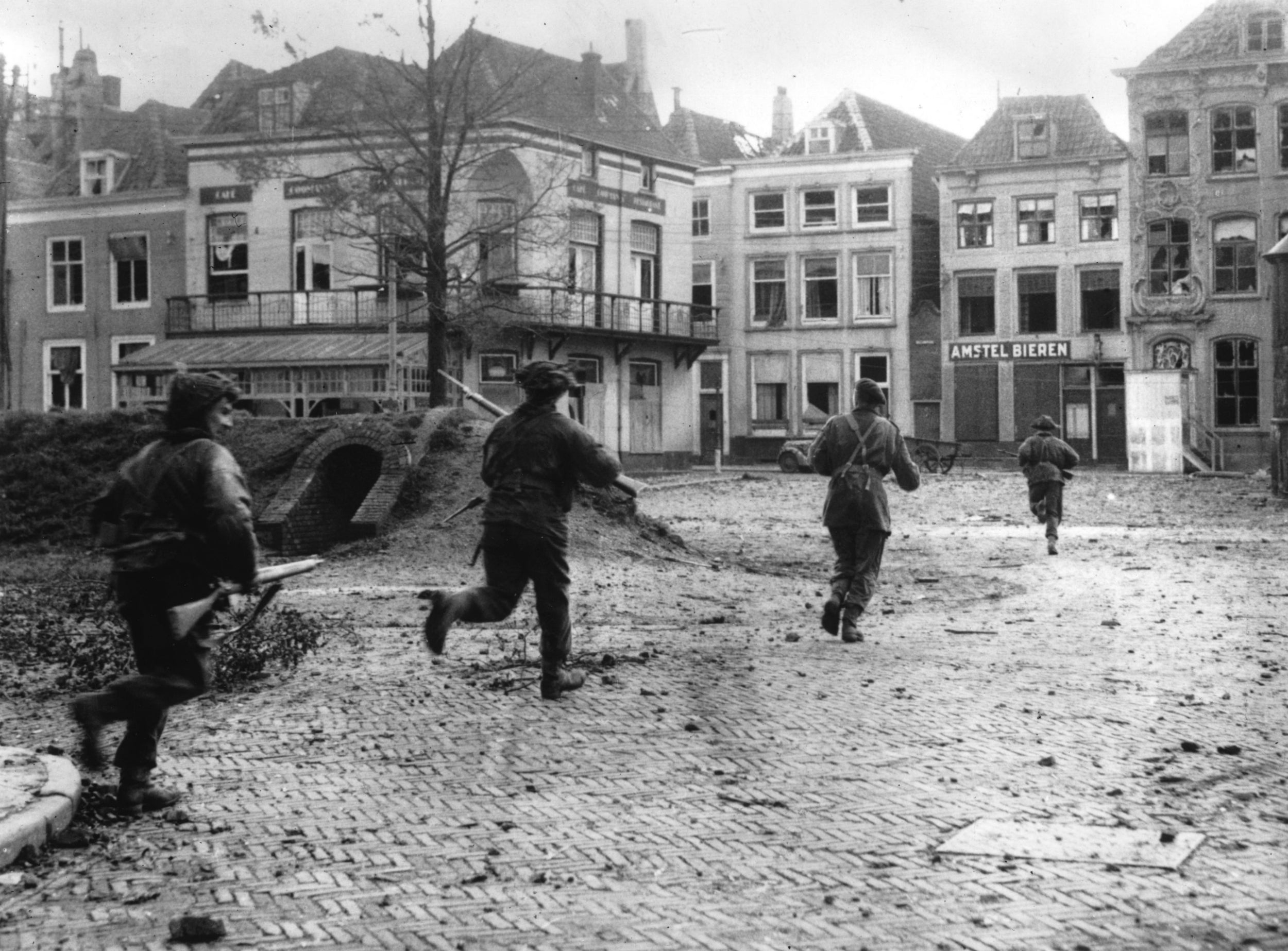‘I expected the end would bring relief’: The diaries that painted a picture of life in WW2
Dutch archivists have started to transcribe the handwritten pages of over 2,000 wartime diaries, and, write Nina Siegal and Josephine Sedgwick, their stories of isolation and uncertainty still ring true today

Anne Frank listened in an Amsterdam attic on 28 March 1944 as the voice of the Dutch minister of education came crackling over the radio from London. The minister, part of a government in exile that had fled the Nazis, appealed to his compatriots: preserve your diaries and letters.
“Only if we succeed in bringing this simple, daily material together in overwhelming quantity, only then will the scene of this struggle for freedom be painted in full depth and shine,” the minister, Gerrit Bolkestein, said. His words inspired Anne to set aside “Kitty”, the diary she had created as a personal refuge, and to begin a revised version called “The Secret Annex”, which she hoped to publish.
Other Dutch men and women were listening, too – thousands of them – and after the country was liberated in May 1945, they showed up at the National Office for the History of the Netherlands in Wartime with their notebooks and letters in hand. More than 2,000 diaries were collected, each a story of pain and loss, fear and hunger and, yes, moments of levity amid the misery.
Subscribe to Independent Premium to bookmark this article
Want to bookmark your favourite articles and stories to read or reference later? Start your Independent Premium subscription today.
Join our commenting forum
Join thought-provoking conversations, follow other Independent readers and see their replies